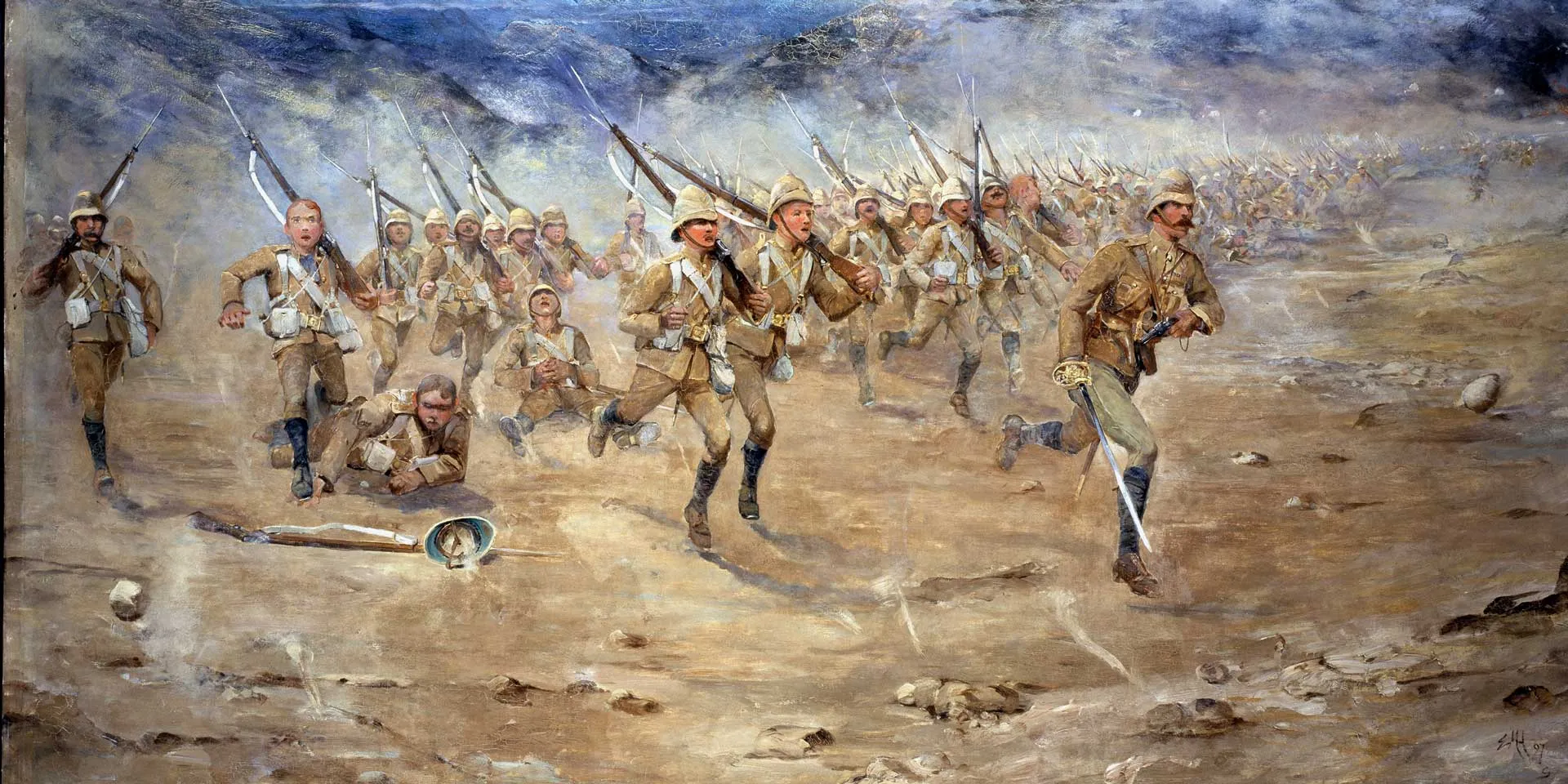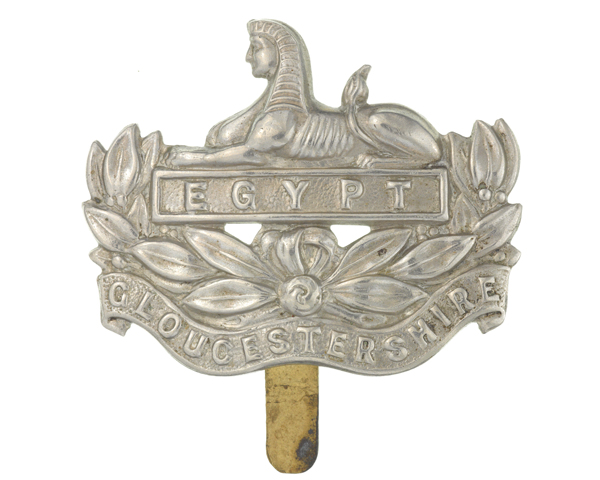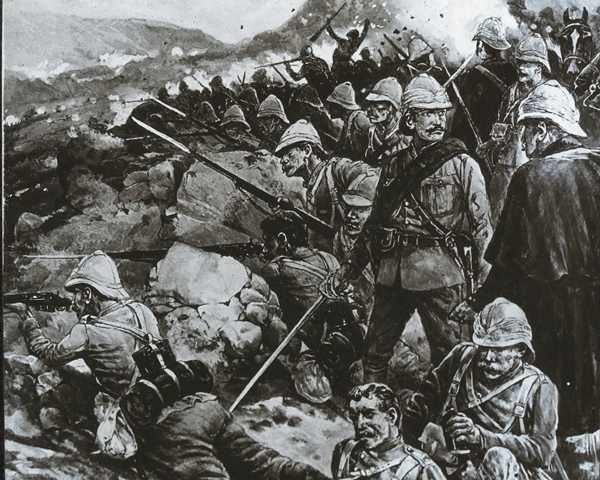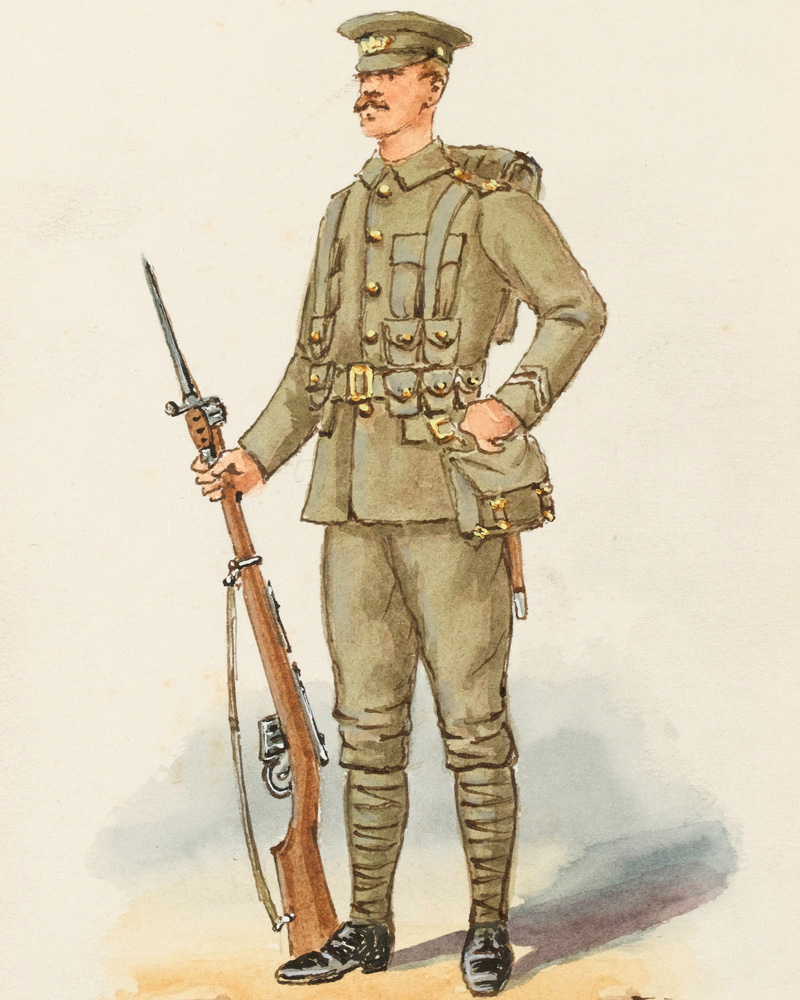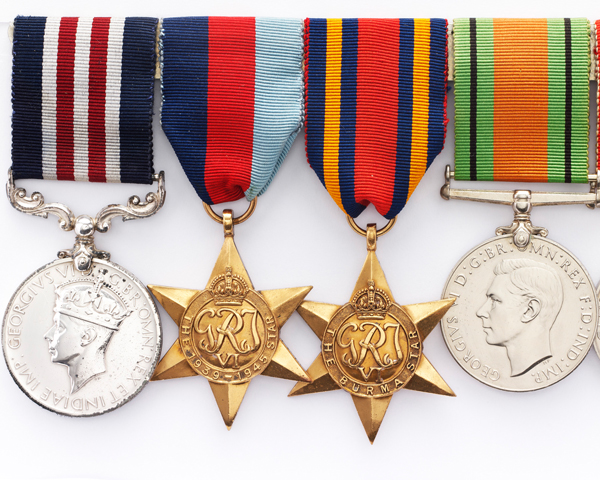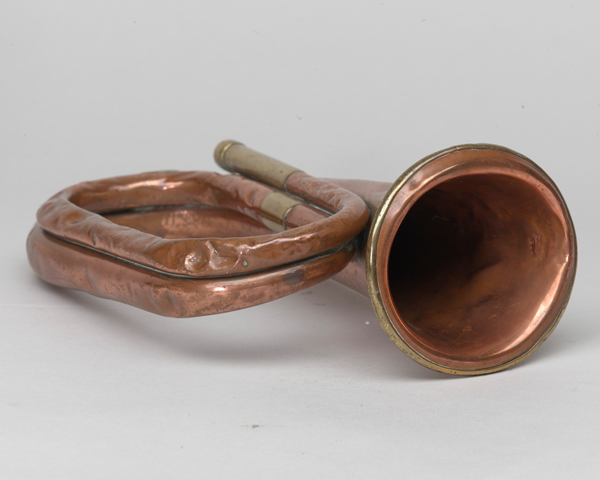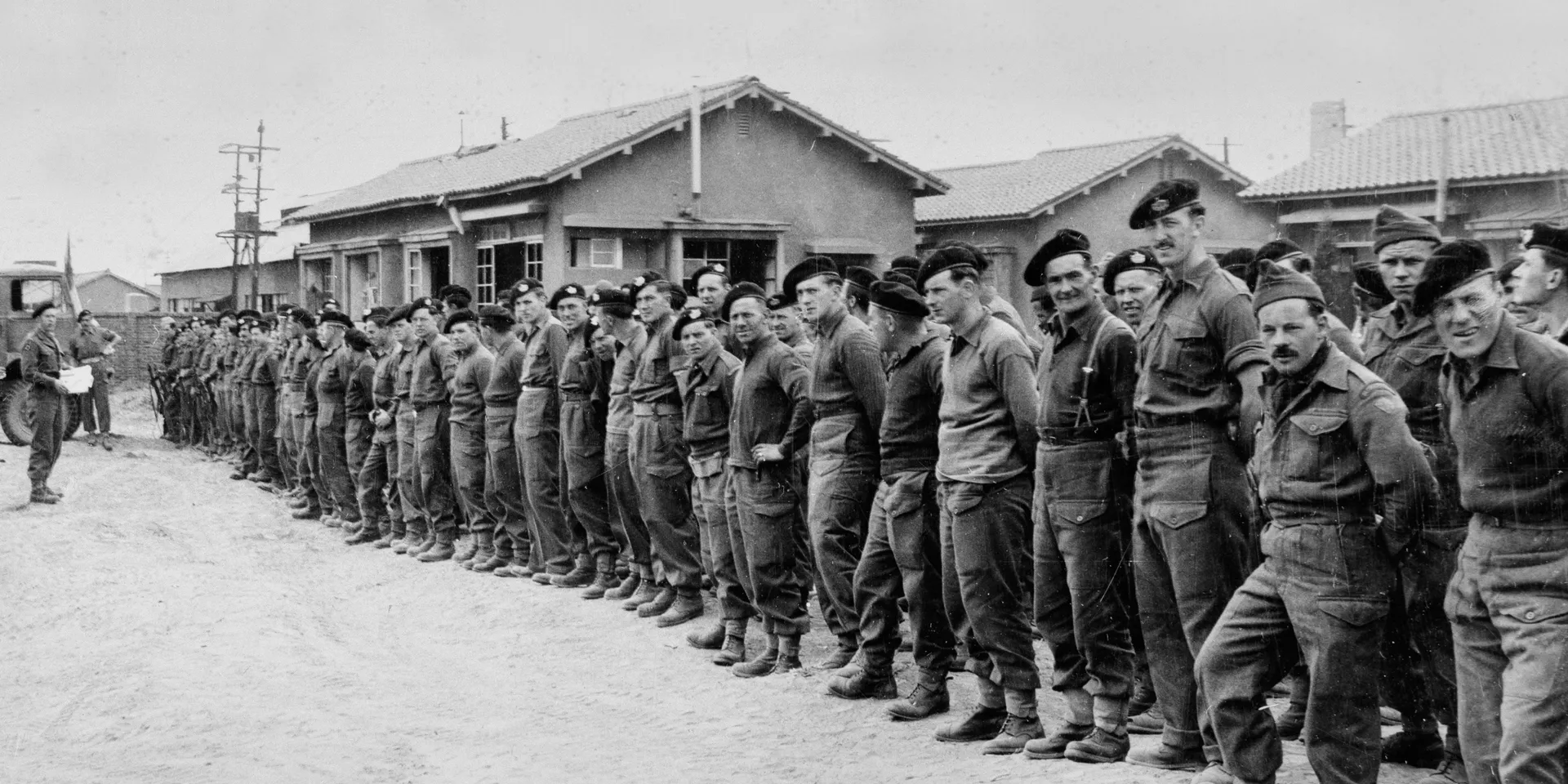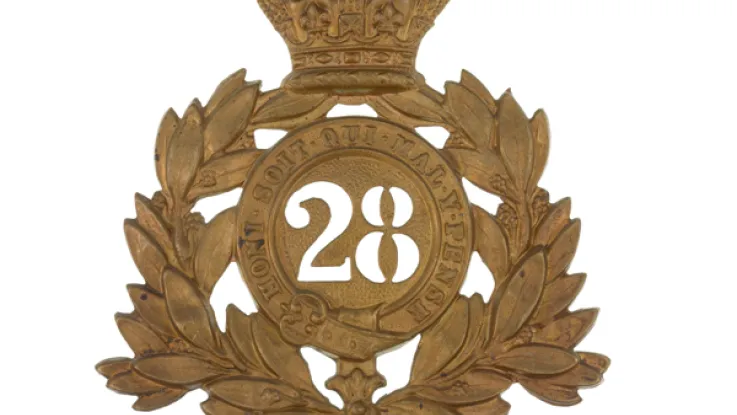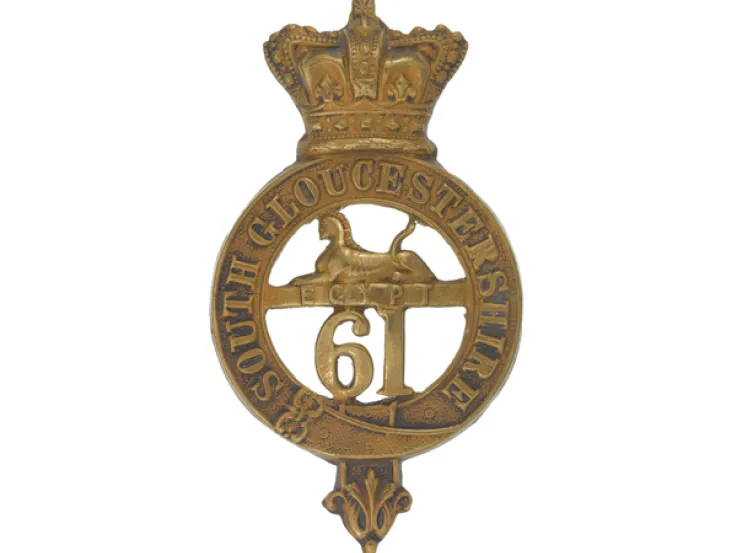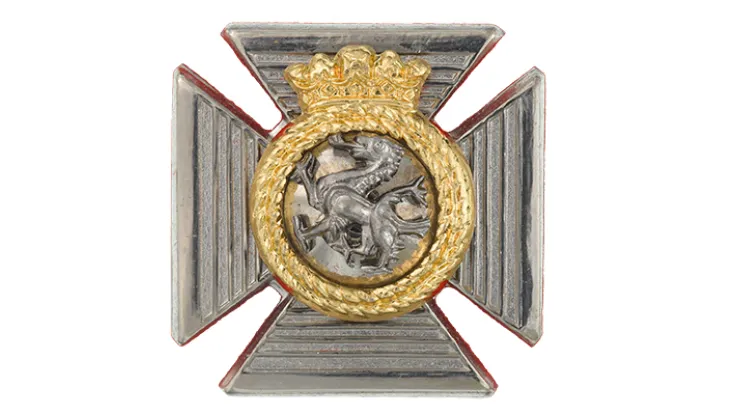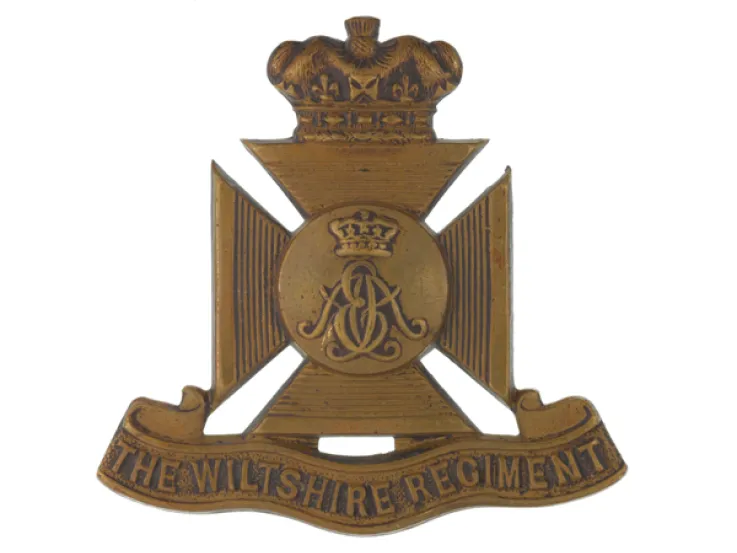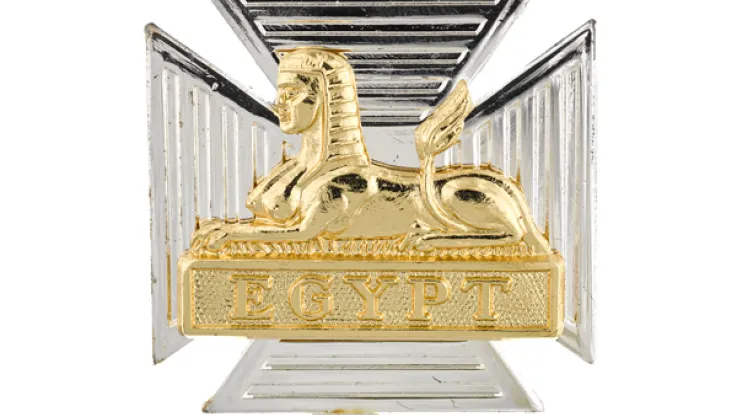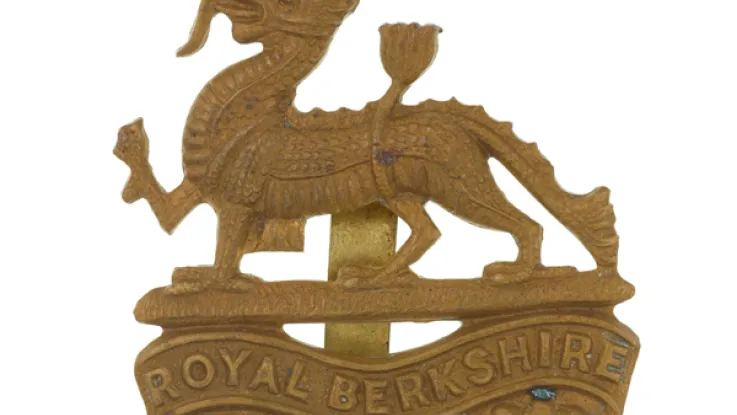Origins
This regiment was formed during the 1881 Army reforms by merging the 28th (North Gloucestershire) Regiment and the 61st (South Gloucestershire) Regiment. These became the new unit's 1st and 2nd Battalions respectively.
2nd Battalion spent the 1880s and 1890s garrisoning India and Aden, and serving at home stations. Meanwhile, 1st Battalion moved from Britain to Malta, and then Egypt and India.
In October 1899, 1st Battalion joined the Boer War (1899-1902), fighting in Cape Colony and Natal, including the Defence of Ladysmith (1899-1900). It was soon joined in South Africa by 2nd Battalion. The latter took part in the Relief of Kimberley (1900) and fought at Paardeberg (1900) and Driefontein (1900).
Both battalions remained in South Africa before undertaking further garrison duties at home, in India and Malta.
First World War
In August 1914, 1st Battalion deployed straight to the Western Front, staying there until the end of the First World War (1914-18). 2nd Battalion had moved to Tientsin in China in 1913, so only arrived in France four months after the fighting had started. In November 1915, it transferred to the Salonika front, remaining there for the rest of the conflict.
The regiment also raised 21 Territorial, Reserve and New Army battalions during the war. These mainly served in Britain and on the Western Front. However, 1/4th and 1/5th Battalions served in Italy, and 7th Battalion was sent to Persia (now Iran) in July 1918, having also fought at Gallipoli in 1915.
After the war, 1st Battalion spent three years serving during the Irish War of Independence (1919-21). It then joined the Army of Occupation in Germany before moving to Egypt, Singapore, India and Burma. 2nd Battalion spent the inter-war years in India and Egypt.
Second World War
Following the outbreak of the Second World War (1939-45), 2nd Battalion deployed straight to France in September 1939 and was evacuated from Dunkirk the following June. It remained in Britain until D-Day (1944), but then fought across North-West Europe until the end of the conflict.
1st Battalion had been in Burma from 1938. It remained there, resisting the Japanese invasion until May 1942. It then retreated to India, stayed until the country's partition and independence in 1947.
The regiment also raised six Territorial battalions during the war. These included the 10th, which was temporarily converted into an armoured unit during its service in Burma.
Post-war
After the war, 2nd Battalion was sent to the West Indies. Then, in 1948, the two regular battalions merged.
In 1950, the regiment sailed for the Korean War (1950-53). In April the following year, it held out on Hill 235 (later renamed Gloster Hill) for four days during the Battle of the Imjin River.
Most of the regiment was captured, including its commander, Lieutenant-Colonel James Power Carne, who was awarded the Victoria Cross. For its gallantry during the conflict, the regiment was awarded Presidential Unit Citations from both the United States and South Korea.
The regiment spent 1955-56 fighting the Mau Mau insurgency in Kenya, before deploying to Aden. In 1957, it served in Cyprus and then moved on to garrison duties in West Germany.
In 1969, it went on its first Northern Ireland tour, alternating between there, England and West Germany for the next 25 years.
Legacy
In 1994, it was merged with The Duke of Edinburgh’s Royal Regiment (Berkshire and Wiltshire) to form The Royal Gloucestershire, Berkshire and Wiltshire Regiment.
Regimental museums
The National Army Museum works with a network of Regimental and Corps Museums across the UK to help preserve and share the history and traditions of the Army and its soldiers.
Discover more about The Gloucestershire Regiment by visiting the Soldiers of Gloucestershire Museum in Gloucester.

